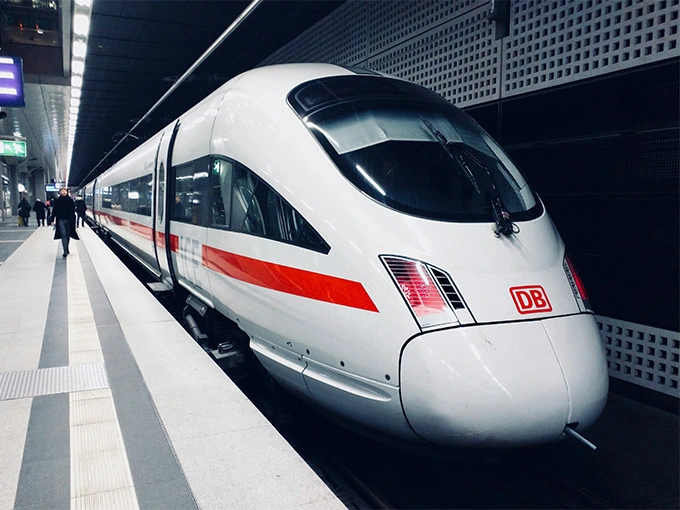

The train glass industry is a specialized segment of the broader glass manufacturing sector, focusing on the production and innovation of glass products specifically designed for use in railway applications. This includes glass for windows, doors, partitions, and windshields in various types of trains, such as passenger trains, high-speed trains, metros, and light rail vehicles. The industry plays a crucial role in ensuring the safety, comfort, and efficiency of rail transportation by providing products that meet the unique demands of the railway environment.
The train glass industry has seen significant innovation over the years, driven by the need for enhanced safety, passenger comfort, energy efficiency, and sustainability. These innovations not only contribute to the improved functionality and aesthetics of train glass but also align with broader trends in transportation technology and environmental consciousness. Here are some key innovations in the train glass industry:
1. Electrochromic Glass: This technology allows the glass to change its transparency in response to an electrical signal. It can be used to control the amount of light and heat entering the train, enhancing passenger comfort and reducing energy consumption for heating, cooling, and lighting.
2. Thermochromic Glass: This glass changes its tint based on temperature variations, offering a passive way to control solar heat gain and improve the thermal comfort of passengers without the need for electrical control systems.
3. Photochromic Glass: Similar to thermochromic glass, photochromic glass changes its tint in response to light intensity, automatically adjusting to reduce glare and heat from direct sunlight.